
Designed for fast-and-light pursuits such as hill running, but equally handy for backpacking or hillwalking pretty much any time outside of full winter conditions, the Phase Lite combines lightweight simplicity of design with a highly breathable Gore-Tex Active fabric. I've been using it over the last couple of months for both running and hillwalking, and if it's not an oxymoron for such a minimalist shell I'd say there's a lot to like. While the price tag seems high, the fabric is top-end stuff, and everything does just seem to cost more these days.
This is the lightest and most 'active' of a range of Phase shells:
- Phase Lite: The lightweight, 30D GORE-TEX Active Shell, 300g, £300
- Phase: More of an all-rounder, 40D GORE-TEX, 430g, £300
- Phase XT: Slightly more affordable mountain shell, 70D GORE-TEX, 500g, £350
- Phase XPD: Technical winter climbing shell, 40D & 80D GORE-TEX Pro, 470g, £450

Phase Lite Jacket
Pros: Light-ish, and highly breathable all-rounder, with a great hood
Cons: Boxy fit and comparatively high price
Fit
The men's version is available in a range of sizes from S to XXL, and women's in 8 to 16. At 1.83m tall and not skinny, I've found my review jacket in size L fits well, albeit a fair bit roomier all over than I'd typically expect of an 'active' shell aimed at least partly at running. While light models tend to be cut quite close to reflect the fact that fewer layers will be worn underneath, in this case there's easily room to fit the Phase Lite over a baselayer and midweight fleece top. This boosts its usefulness in colder conditions but does also make it a bit loose and flappy when you're just wearing a T-shirt underneath.
The shell is nice and long in the hem, sitting well below waist level and more or less covering the bum. Since I spend my spare time up hills in Scottish weather, I prefer a longer body like this that offers a bit more protection; but if you're primarily using it for running in less inclement conditions, you might possibly prefer something a fraction shorter since the hem slightly interferes with leg lift. With a one-hand drawcord on each side, the hem is easily tightened to help keep the wind out.
There's lots of length in the sleeves, and considering the Phase Lite is not built primarily for mountaineering - unlike some of the heavier shells in the Phase range - I don't find hem left is too bad with my arms raised, something you definitely can't say for all lightweight running shells. There's enough lift to be annoying for climbing with a harness on, but not so much that I wouldn't want to go scrambling in the Phase Lite. For a lightweight shell the cuffs are really spacious too, and can even fit over a bulky winter gauntlet - which is arguably more than you strictly need them to do on a shell of this sort. A simple hook and loop tab gives you a closer fit at the wrist should you want it (you will).
Hood
In terms of fit and weather protection, the hood on waterproof jackets can often be a weak point, and I might (fairly or not) assume this to be the case for lightweight shells in particular. But on the Phase Lite you get a really decent hood. As a running/walking shell it won't comfortably fit over a helmet, but there's certainly plenty of room over a hat, and no restriction on head movement. With three points of adjustment the fit can be pulled in nice and close to give you a weathertight seal around the face, while the high collar completely covers the neck and chin, so you feel well protected from wind and rain. Better yet there's a small wired brim - more than you'll get on even some heavier shells - and this helps the hood hold its shape and resist flapping about in the wind. And when not needed the hood can be rolled up and secured with a little hook, an arrangement that works reasonably neatly if you're running.
Weight
Weighing just 312g (my size L), I'd say the Phase Lite counts as a lightweight shell, if not ultralight. While running shells weighing significantly less are pretty common, and in fact you could pick something up a third the weight, most lightweights in my experience have felt thinner, quite a bit less durable and not as protective when the rain is accompanied by wind (not infrequent in the UK). By contrast the Phase Lite feels a bit more solid and well-made, not something to handle with care.
While it comes without a stuff sack, and doesn't have the useful option of a stow pocket, the shell packs down pretty small (imagine a large grapefruit) so you should easily get it into a running vest or a compact summer pack.
A useful comparison is with Montane's Spine Jacket, a model we reviewed some time ago:
Whilst the Spine weighs around 50-60g less, it also has a trimmer fit and a thinner Gore-Tex Active fabric. Of the two, the Spine is arguably more the running specialist, while the Phase Lite has both a more relaxed fit and a slightly more versatile remit.
Fabric
On the Phase Lite you get a 30 Denier Gore-Tex Active Shell, a nice sensible grade of fabric that seems tough enough for all-round use, without overdoing the thickness and weight for at least occasional running. With a hydrostatic head of 28,000mm, the fabric is comfortably waterproof enough for anything the UK can throw at it, while its breathability rating of RET<4 puts it in the top tier of breathable fabrics. Active is the most breathable 3-layer fabric that Gore produce, and having used the latest version among the Gear Team on a couple of jackets we'd say it compares very well with any other waterproof membrane we've tried. Yes you'll get clammy if you're running hard enough to work up a sweat, but Gore Active does seem a lot less sweaty than most. I recently ran in it comfortably for around two hours on a day of single digit temperatures, lots of breeze, warm sunshine, and occasional heavy showers, and only took it off when I got hot rather than sweaty per se. I don't own many shells that breathable.
On the Spine jacket you get 13D Gore-Tex Active, and with its slightly lighter face fabric it seems likely this would perform even better. On the other hand the Phase Lite's 30D fabric offers a wee bit more beef in stormy weather, and I think it works well in a shell that you might equally be scrambling, backpacking, hillwalking or running in. It's also comfortably soft against bare skin, and not as loud and crinkly-sounding as some lightweight shells can be. Overall, I think the fabric is brilliant.
Features
Simplicity is the key word. You get just two hand pockets, which are big enough for hat, gloves or an OS map. They're mesh-lined to allow them to double as vents, but unfortunately positioned low enough to be partly covered by a rucksack hip belt. I do also miss having a chest pocket since that's the obvious place to carry a phone.
Water resistant YKK Aquaguard zips and hem drawcords complete the minimalist feature set.
Ethics and environment
As a member of the Fair Wear Foundation, Montane are committed to improving working conditions for the people making their stuff. You can read about how the brand is working towards being more sustainable here.












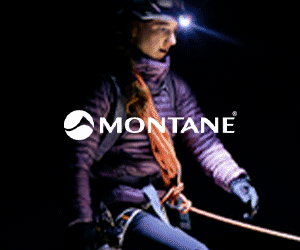














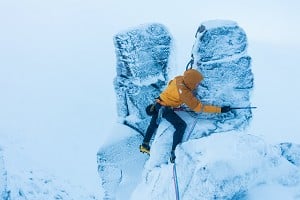





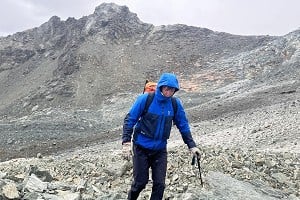
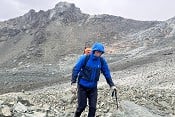
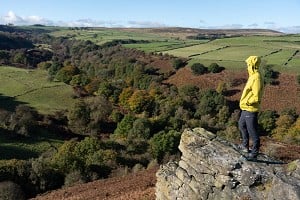



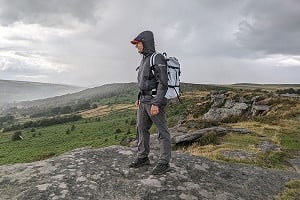


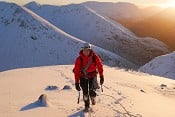
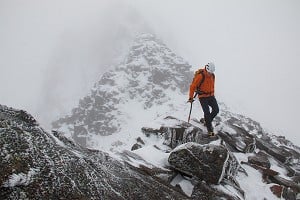

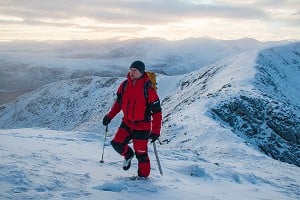
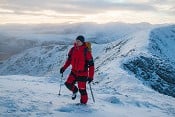
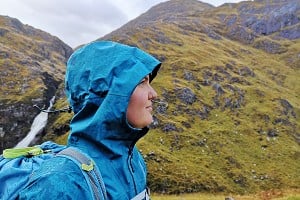
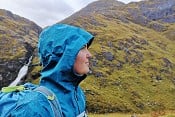
Comments
That's my summary, not Montane's. I'd consider it affordable in the universe in which techy mountain shells tend to cost more than £350, but let's put that in inverted commas because you're right, it's not cheap
Fair point, but the review of winter shells we did a couple of years ago had an average price closer to 500 quid! Many were 500 or even 550. Alpkit helped pull the average down a lot.
Its in line with other Gore tex jackets. Gore seems to put around 100 pounds on the price of a jacket, scaling up a bit as you get into Pro Shell. It does seem a bit mad - Patagonia as a budget brand? - but Gore's brand appeal is clearly very strong indeed. Both Event and Neo shell - backed by Marsden Mills of course - tried quite hard but failed to really break in. Nowadays its almost just them vs brand name 3 layer fabrics so.....